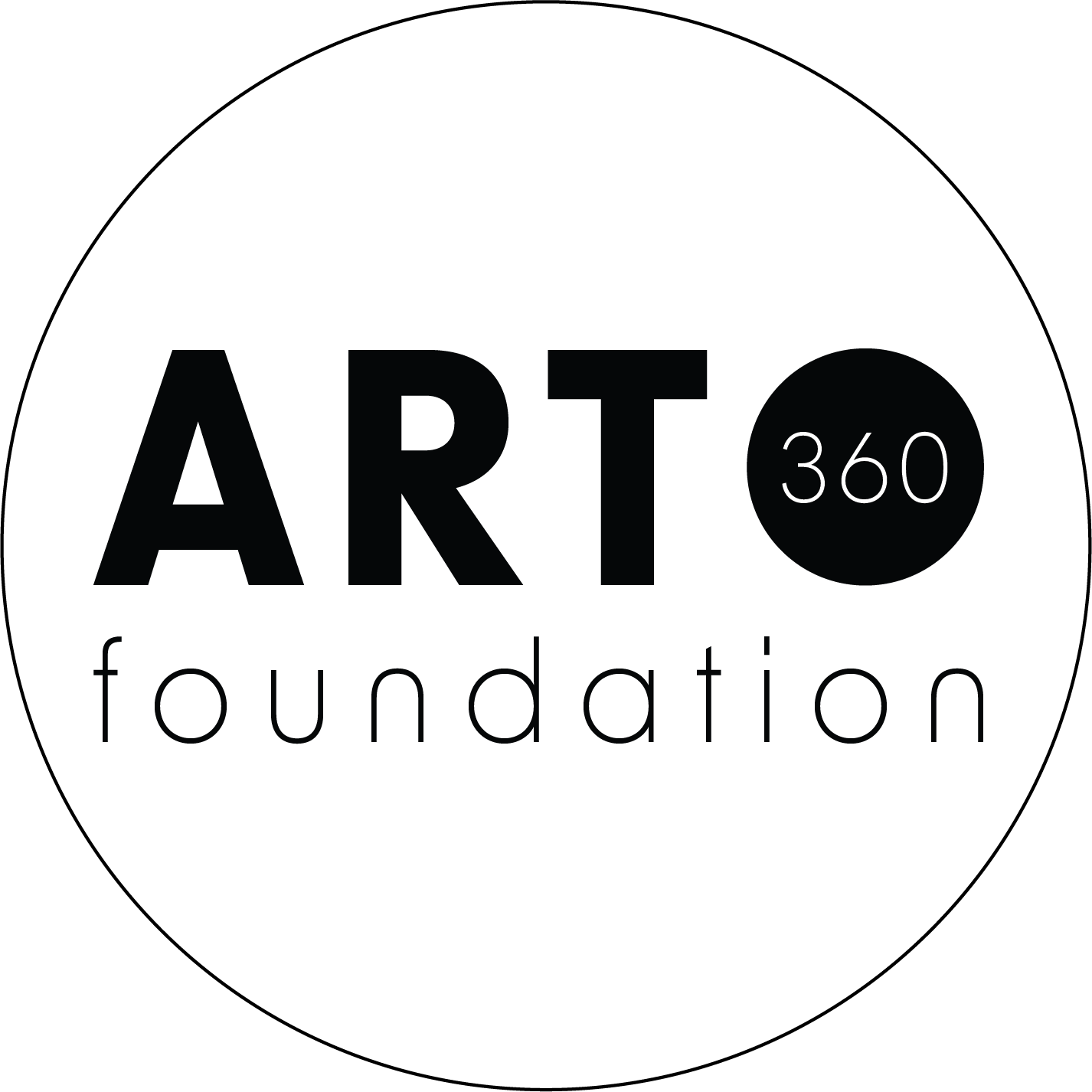John Latham Estate
John Latham Estate by David Bickerstaff: atomictv.com
John Latham was born in Livingstone, Northern Rhodesia (now Maramba, Zambia) in 1921. After serving in the Royal Navy, he enrolled at Regent Street Polytechnic and then studied painting at Chelsea College of Art and Design (1947–51). Solo exhibitions include Serpentine galleries, London, UK (2017); Henry Moore Institute, Leeds, UK (2016); Triennale di Milano, Milan, Italy (2014); Whitechapel Art Gallery, London, UK (2010); P.S.1 Contemporary Art Center, New York City, USA (2006); John Hansard Gallery, Southampton, UK (2006); Tate Britain, London, UK (2005, 1976); Mattress Factory, Pittsburg, USA (1996); MoMA Oxford, UK (1992); Staatsgalerie, Stuttgart, Germany (1991); Société des Expositions du Palais des Beaux-Arts, Brussels, Belgium (1984); and Städtische Kunsthalle, Düsseldorf, Germany (1975). Multiple shows in the Lisson Gallery. His work was shown in many group exhibitions including Documenta 6, Kassel, Germany (1977) and the 51st Venice Biennale, Venice Italy (2005). His work is held in collections worldwide, including Tate Collection and MoMA.
The John Latham Archive is the backbone of Flat Time House Institute and provides a starting point for many exhibitions and events, as well acting as a fertile resource for artists, researchers and art historians. This engagement with the archive keeps it vital and dynamic. The cataloguing and digitising of the archive was being overseen by the Ligatus Research Unit at the University of the Arts, London.
The John Latham archive is hosted online at: www.ligatus.org.uk/aae (aae stands for Archive As Event). The online archive holds a description of every item in Latham's archive accompanied by a photograph of the item. The descriptions include project-specific fields, which are inspired by Latham's theories and practice (such as time-base and minit), as well as standard fields for archival description.
The online archive is organised in three parallel sections. All documents are accessible from every section, so choosing a section will not affect the content. However, each section offers different search tools to retrieve content. These tools are inspired by the characters of the Karamazov Brothers: Mitya, Ivan and Alyosha.
Latham has made references to the three brothers in his work and writings.
Mitya (MA) appears to offer a random selection of documents in the form of a slideshow.
Ivan (IA) is a highly structured index of terms from controlled vocabularies allowing faceted searching.
Alyosha (AA) is an intuitive search tool which is based on Latham's time-bases as described using sound by David Toop.
Flat Time House (FTHo) was the studio home of John Latham (1921-2006), recognised as one of the most significant and influential British post-war artists. In 2003, Latham declared the house a living sculpture, naming it FTHo after his theory of time, ‘Flat Time’. Until his death, Latham opened his door to anyone interested in thinking about art. It is in this spirit that Flat Time House opened in 2008 as a gallery with a programme of exhibitions and events exploring the artist's practice, his theoretical ideas and their continued relevance. It also provides a centre for alternative learning, which includes the John Latham archive, and an artist's residency space.

